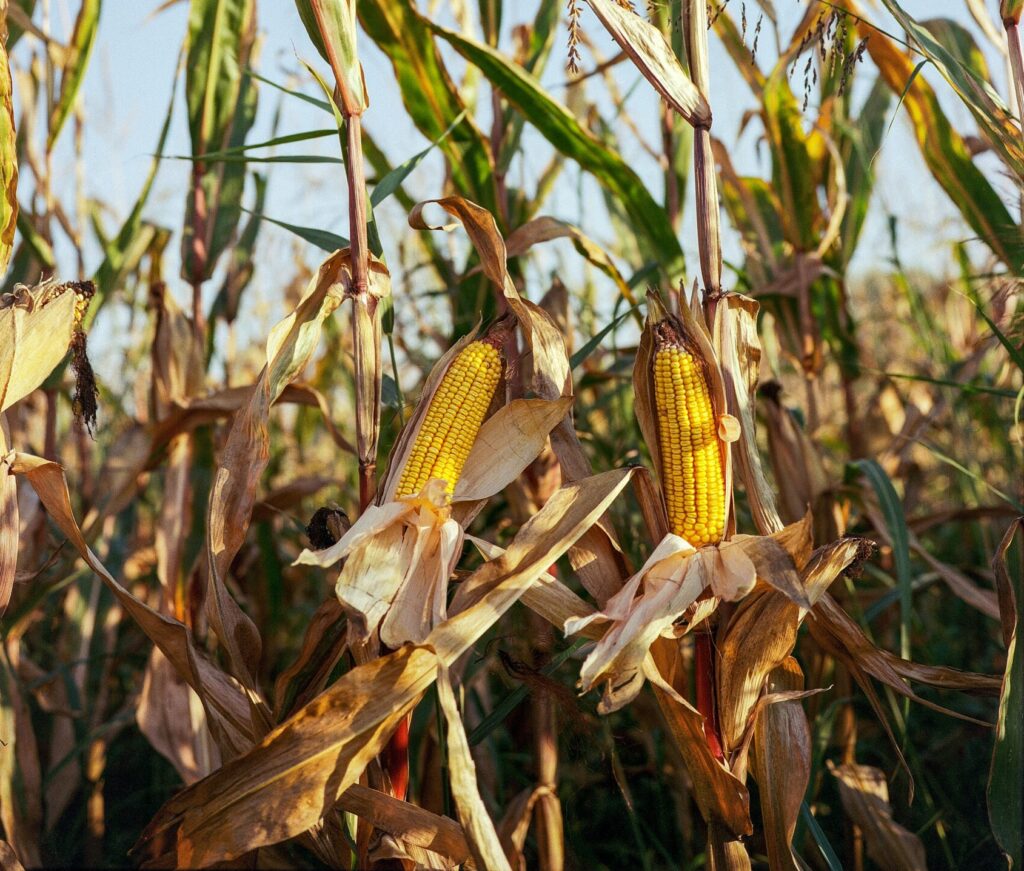Wheat harvesting is a critical stage that directly affects both the quality and yield of the crop. Timing it just right ensures that the wheat kernels are fully developed and contain optimal moisture levels, which makes them ideal for storage and processing. Here’s a guide on how to tell when wheat is ready for harvest and the best practices for reaping your crop.
1. Understanding the Wheat Growth Stages
Wheat goes through several growth stages, from germination to maturation, and timing the harvest correctly depends on recognizing the final stages of maturity. Here’s a quick breakdown of the key stages relevant to harvest:
- Milk Stage: In this stage, wheat kernels contain a milky liquid when squeezed. The kernels are still soft, and the plant is not yet ready for harvest.
- Dough Stage: The milky liquid inside the kernel thickens to a dough-like consistency. The kernel becomes firmer but is still not mature.
- Physiological Maturity: The plant begins to turn golden brown, and the kernels have developed fully. At this point, the wheat has stopped taking in nutrients from the plant.
- Harvest Readiness: Wheat is ready for harvest when it reaches a specific moisture content and the plant has fully dried out. This usually occurs about 10-20 days after physiological maturity.
2. Checking for Harvest Readiness
Here are the main factors to look for when determining if your wheat is ready to be harvested:
- Moisture Content: Ideally, wheat should be harvested when its moisture content is between 13% and 15%. If it’s higher than this, the grain may be too soft for efficient harvesting, and if it’s lower, it can be more prone to shattering during the process. Testing equipment, like a moisture meter, can provide an accurate reading of moisture levels in the grain.
- Color and Texture: The plant should have a golden-brown color, and the leaves and stems should be dry and brittle. The kernels themselves should be hard and no longer dented by fingernail pressure.
- Kernel Firmness: Mature kernels are hard and should resist deformation when pressed. They should also have a uniform color and feel dry to the touch. Squeeze a few kernels to test their firmness—if they crush easily, wait a few more days before harvesting.
3. Optimal Harvest Window
The optimal harvest window for wheat varies based on environmental conditions, variety, and growing location, but it typically falls between 10 and 20 days after the wheat reaches physiological maturity. Timing within this window is essential; harvesting too early can lead to shriveled kernels with low test weights, while harvesting too late can result in shattering, where grains fall from the head due to dryness, leading to yield loss.
4. Weather Considerations
Weather plays a significant role in determining when wheat should be harvested. Here are some key weather factors to keep in mind:
- Rain and Humidity: Harvesting should be avoided right after rain or during high humidity periods, as wet wheat is harder to store and process. Wait for dry weather conditions to prevent fungal growth and spoilage.
- Temperature: Warmer, sunny weather speeds up the drying process, while cool or cloudy weather can delay it. In regions with unpredictable weather, monitoring the forecast closely can help plan the perfect harvest time.
5. Best Practices for Wheat Harvesting
Here are a few tips to help make the wheat harvesting process as smooth and productive as possible:
- Plan Equipment Maintenance: Before harvest, ensure that all equipment, especially combines, is in good working condition to prevent delays and crop loss.
- Monitor Moisture Regularly: As harvest approaches, check moisture content regularly using a moisture meter. Start measuring around physiological maturity and continue until the moisture level is in the ideal range.
- Avoid Harvest Delays: Harvesting too late can lead to losses from shattering and damage from pests and diseases. If moisture levels are optimal, it’s best to start harvesting without delay.
Harvesting wheat at the right time is essential to maximize yield and maintain grain quality. By understanding the growth stages, monitoring moisture levels, and keeping an eye on weather conditions, wheat farmers can ensure a successful harvest. With careful planning and observation, you can achieve the best results for your wheat crop.
















